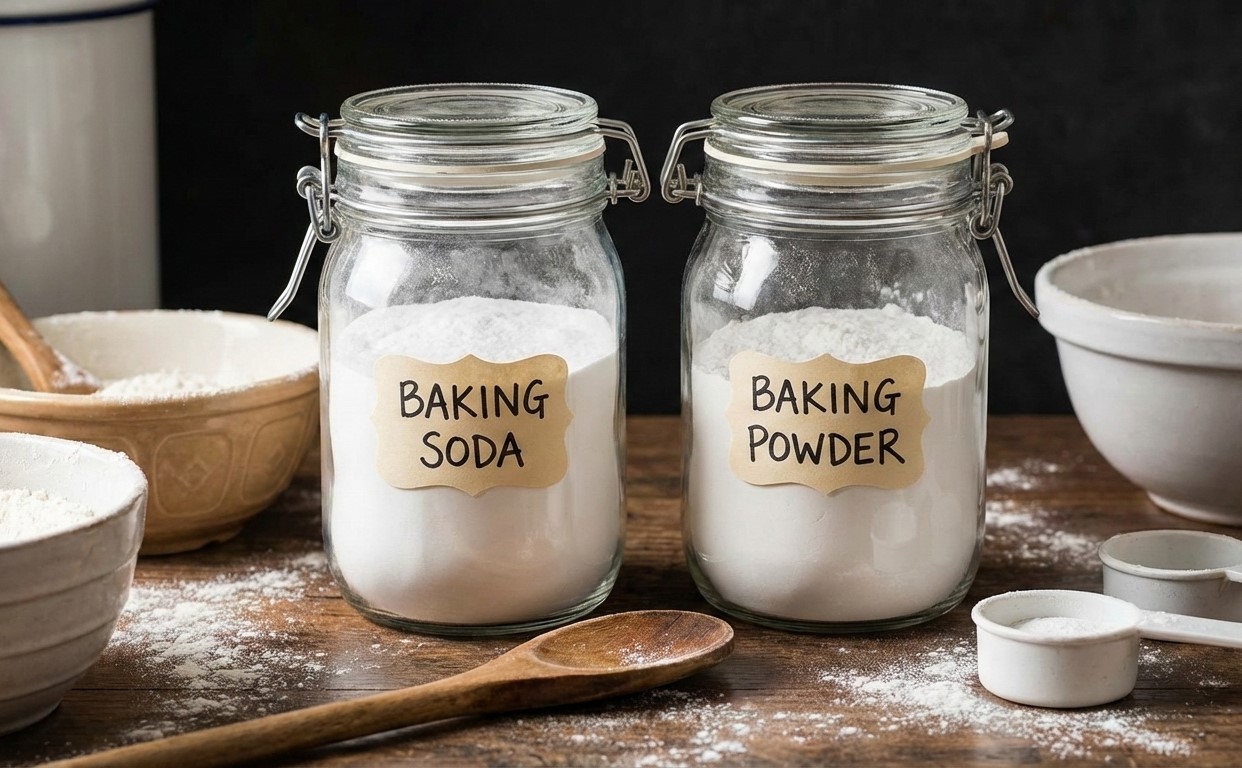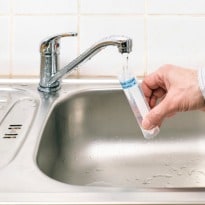Want to know how safe the water you're consuming at home is? You could soon test the water quality on your own instead of shipping it into a laboratory with the help of this simple pill. Drop the pill in a vial of water and shake vigorously. A change in colour signals the quality of water.To reduce the sophisticated chemistry required for testing water safety to a simple pill, the researchers adapted the technology found in a dissolving breath strip. "We got the inspiration from the supermarket," said Carlos Filipe, a professor of chemical engineering at McMaster University in Canada.They created a way to store precisely measured amounts of enzymes and other active agents in pills made from the same naturally occurring substance used in breath strips. "This is regular chemistry that we know works but is now in the form of a pill" said John Brennan, director of Biointerfaces Institute, McMaster University in Canada.
The researchers used a material called pullulan that protects sensitive agents from oxygen and temperature changes. Until now, such agents have had to be stored at extremely cold temperatures and shipped in vials packed in huge chunks of dry ice, at great cost and inconvenience.The technology is expected to have significant public health applications for testing water in remote areas and developing countries that lack testing infrastructure. It holds promise for other applications, such as packaging that could change colour if food is spoiled. The study appeared in the chemistry journal Angewandte Chemie.
The researchers used a material called pullulan that protects sensitive agents from oxygen and temperature changes. Until now, such agents have had to be stored at extremely cold temperatures and shipped in vials packed in huge chunks of dry ice, at great cost and inconvenience.The technology is expected to have significant public health applications for testing water in remote areas and developing countries that lack testing infrastructure. It holds promise for other applications, such as packaging that could change colour if food is spoiled. The study appeared in the chemistry journal Angewandte Chemie.
Advertisement













